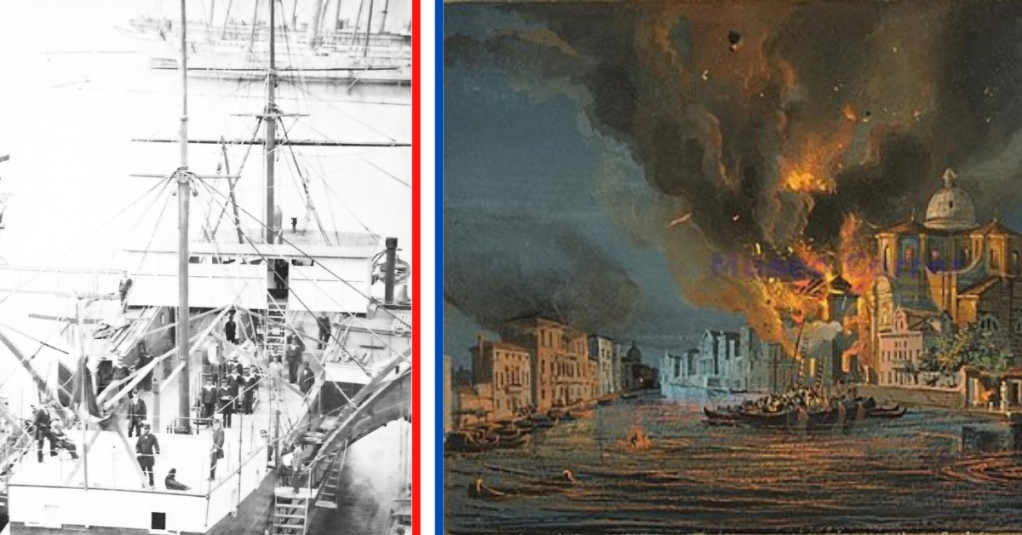The Italian city of Venice was a military powerhouse for more than a thousand years before Napoleon came calling in 1797. Like many things touched by Napoleon, it never really was the same after that – but it’s not from lack of trying.
After the French Emperor’s final defeat, Venice would end up in the hands of the Austria-based Habsburg Empire, and never really enjoyed it all that much. As soon as the timing was right, they declared their independence to bring back the old world power-level Venice they knew. The Austrians weren’t having any of it.
To keep the Venetians from reemerging as a dominant force to be reckoned with, the Habsburgs decided to show them something they’d never seen before: death from above.
Napoleon was so devastating to the way things were done by the Old Order in Europe that once he was finally exiled to a rock in the middle of the Atlantic Ocean, representatives from all European countries met in Vienna to decide what the heck they were going to do about everything.
The 1815 Congress of Vienna made a lot of interesting choices, but the one most relevant to our story was that Venice would not regain its independence, lost to Napoleon decades prior. Instead the wealthy city and its income would be ceded to the Habsburgs, who promptly exploited both for everything it was worth.
Venetians were understandably upset at just how much the Habsburg rulers were pilfering from their labor. Though wealthy, they were second-class citizens in their own country, investment in Venice from Vienna declined for nearly 50 years and merchants could not get credit from Austrian lenders.
This led to a non-violent protest in Venice, which was much better than what happened in other cities. In Milan, protests resulted in the expulsion of Austrian troops and an all-out revolt in the Austrian capital of Vienna – a revolt the Habsburg army had trouble putting down. Venice soon saw an opportunity. Venice declared its independence in March 1848.

Austrian forces could not move to put down the new republic because the imperial army was busy putting down the rebellion in Vienna, a revolution in Hungary, a war with Sardinia, German nationalism, and potential threats in Ukrainian and Czech lands. The Austrians had their hands full, but they would get around to Venice.
The new Venice was independent for more than a year before Austrian troops could move on the city. Unfortunately for republicans in Venice, the divided city-states of Northern Italy would not unite against the Habsburgs and were defeated in detail. The Austrians blockaded Venice in April 1849 and began their siege the next month.
Republican Venice would hold out through most of the summer. During the siege, the United States sent emissary and advisor Edmund Flagg to Venice to help bolster the fledgling republic. On July 15, 1849, he and citizens of the town noticed a strange phenomena in the air – hundreds of “small cloudlets” had begun to float over the city.
With not a cloud in the sky, the vista was filled with these small objects. As they floated along people marveled at them. They had almost blotted out the sun. But their amazement soon turned to terror, as each droplet – actually small, unmanned hot air balloons – dropped their ordnance of 33 pounds of explosive each on the city and its residents.
It was the first offensive use of the hot air balloon in combat and people were rightly horrified, but the damage wasn’t enough to break the siege. The Venetians would hold out another month before surrendering to the Austrians. The republican leadership fled and Habsburg rule was restored to Venice in August 1849.

